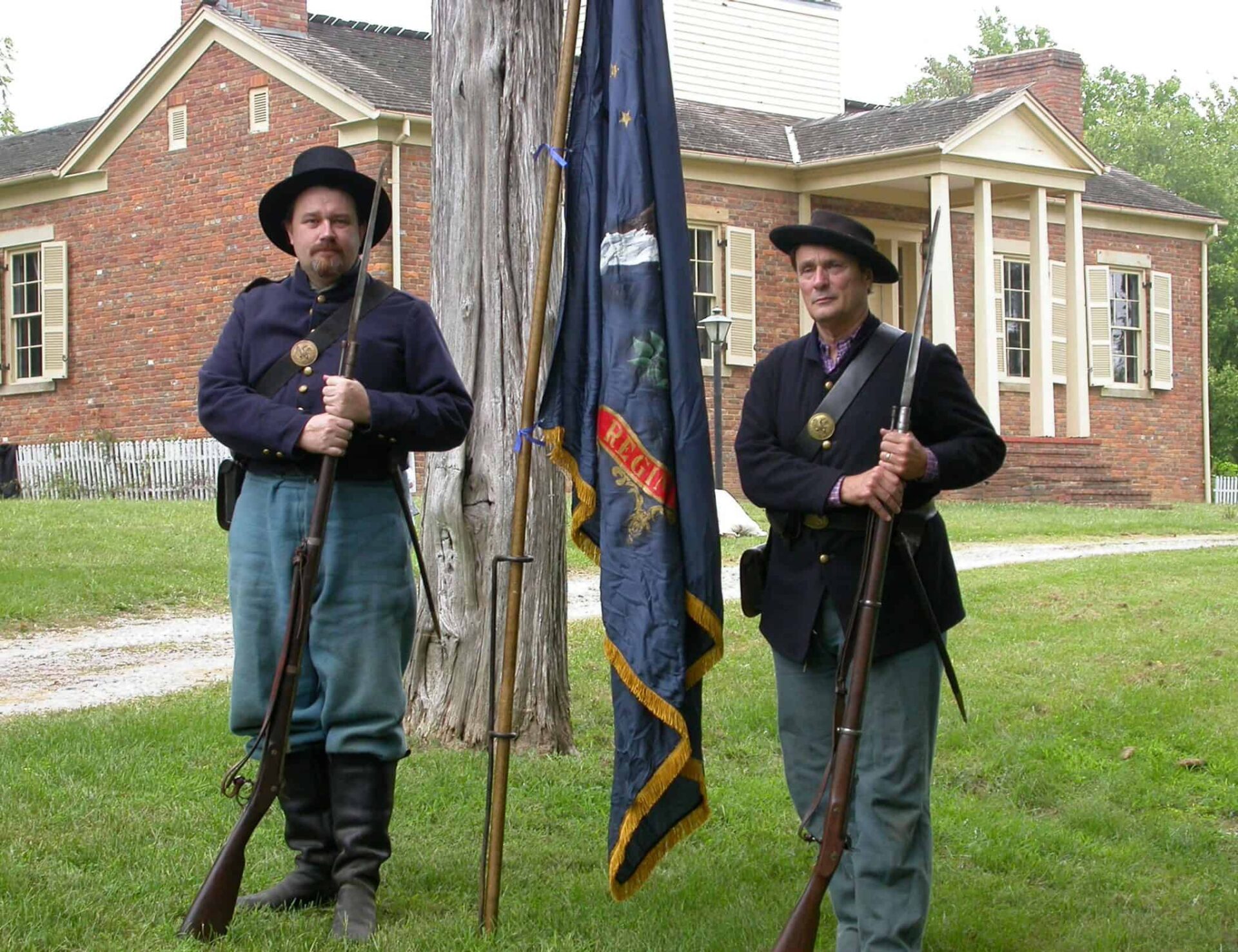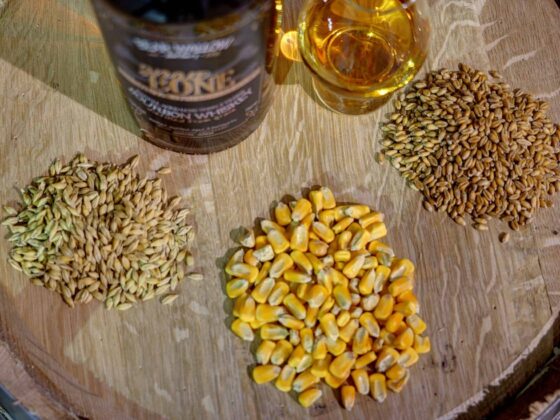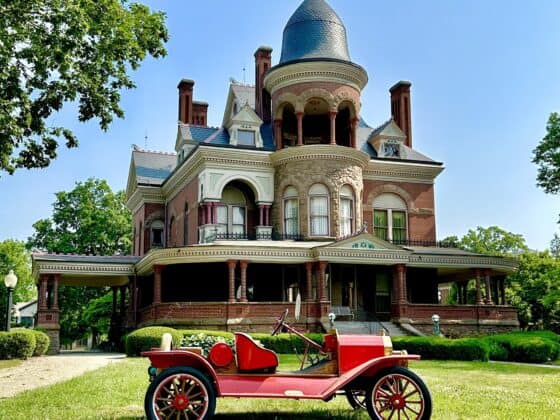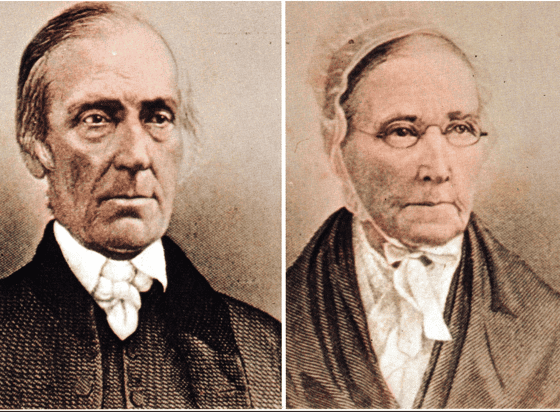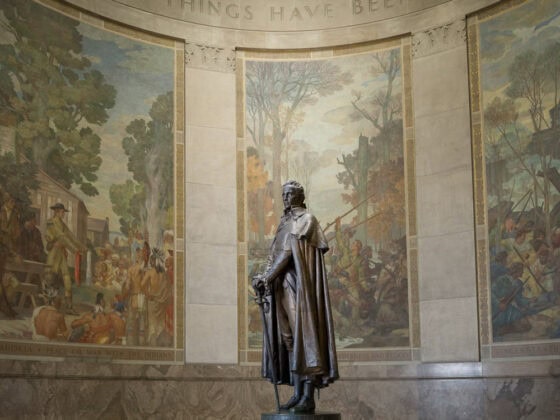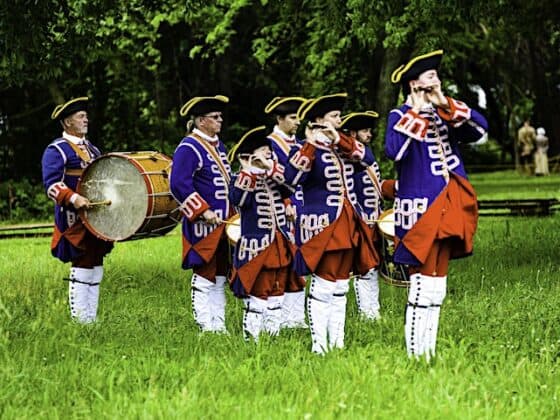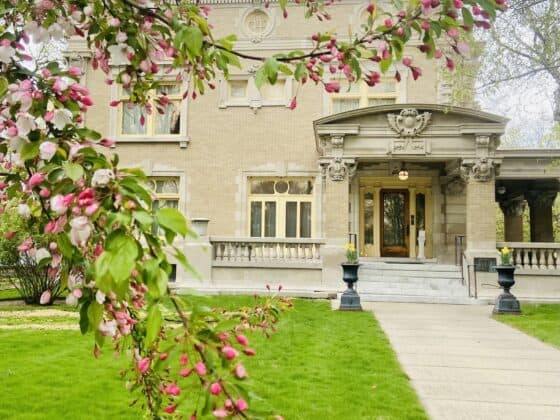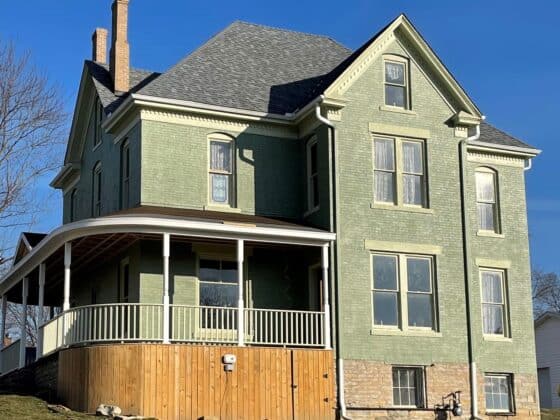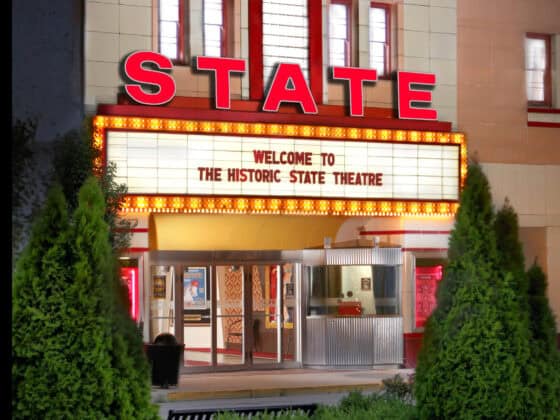Take a Presidential Road Trip, visiting the places in Indiana that played a part in the lives of the three U.S. presidents who lived in our state.
“There I grew up,” Abraham Lincoln said about Southern Indiana and there are still traces of where the future president lived with his family in this heavily wooded area of rolling hills and winding country roads. The Lincolns moved here when Abe was seven and they stayed until he was 21. Those 14 formative years were when the gangling Lincoln, used to hard physical labor as lived by the families who settled here and tried to make a living, matured into the deeply thoughtful and intelligent young man who read law books and traveled to county courthouses to listen to cases.
The area where the Lincolns lived, called Little Pigeon Creek, was first turned, in the 1880s, into a railroad city capitalizing on his name and then later, into two parks, the Lincoln State Park and the Lincoln Boyhood National Memorial.
Lincoln Boyhood, with its intricately limestone carvings of Lincoln depicting various moments of his life and great interpretative center, has several walking paths, one leading to the gravesite of Nancy Hanks Lincoln. Another meanders through the woods to the Lincoln Living Historical Farm, a pioneer homestead with a cabin representative of where the family lived, outbuildings, a split rail fence, farm animals, vegetable and herb gardens and field crops. Rangers, dressed in period clothing, perform chores typical of the 1820s. (Reality check: for those pining for the good old days—they certainly didn’t exist here back then).
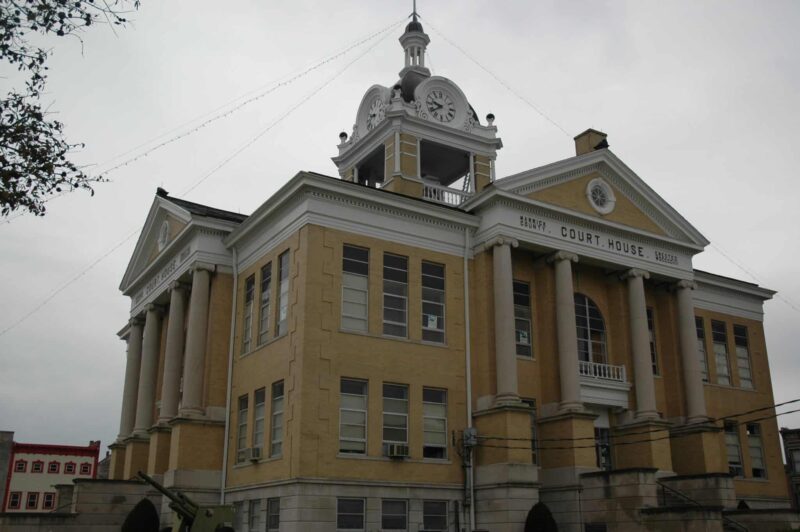
The 1,747-acre Lincoln State Park (right across the street from the memorial) has a large lake with a swimming beach (in warm weather there are canoe and paddleboat rentals), log cabins or group cottages for overnight rentals and miles of hiking paths.
Lincoln Ferry Park, located on the Ohio River Scenic Byway just west of Troy, is a pretty spot to have a picnic. It is here that Lincoln operated a ferry business taking people across the river from Indiana to Kentucky. In nearby Rockport, also on the Ohio River, the Lincoln Pioneer Village and Museum features 14 Lincoln-era replica cabins showcasing such places that were part of Lincoln’s life here including the Pioneer Schoolhouse, the Lincoln Homestead Cabin and the Old Pigeon Baptist Church. Lincoln also listened to cases at the Spencer County Courthouse in Rockport as well as the one in Johnson County. He ate dinner at a stage coach stop in Warrenton, still open and known as the Log Inn.
Another presidential stop is the 1834 brick home of Colonel Jones is now a house museum. It was the Colonel who hired Lincoln to take a load of goods down the nearby Ohio River to the Mississippi River into New Orleans. There Lincoln first viewed the horrors of slavery– an experience that would change the course of American history.
William Henry Harrison, the ninth president of the United States, was appointed as the Governor of the Indiana Territory in 1800, moving to Vincennes in 1801 (remember Indiana didn’t become a state until 1816) and built Grouseland, a Georgian/Federal-style home completed in 1804. Set on 300 acres along the Wabash River, it was the first brick home in the state. Harrison was also a military man, leading his troops against Tecumseh, who is considered one of the great Native American leaders. In 1811, while still serving as governor, Harrison defeated Tecumseh’s brother at the Battle of Tippecanoe. The name so resonated that when he ran for president, one of the enduring 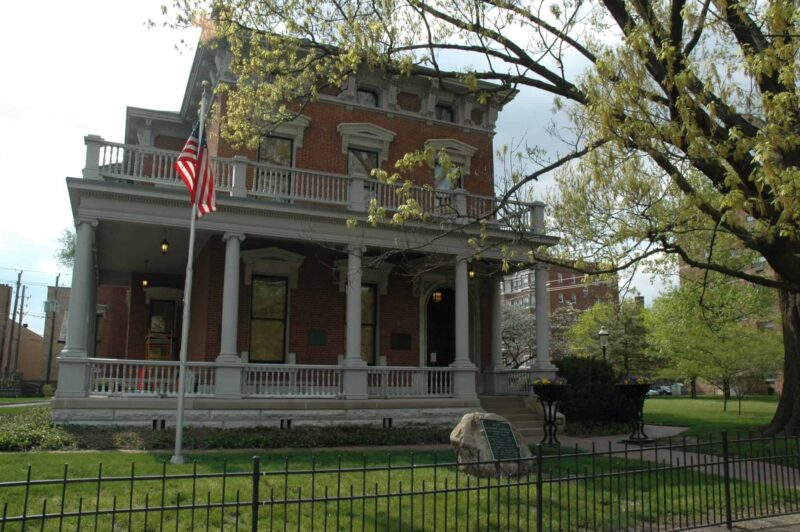
slogans of the campaign was “Tippecanoe and Tyler too.” The latter referred to John Tyler, who was a captain in the War of 1812.
Winning the presidential election in 1840, Harrison only had 31 days to enjoy his new role. When he died, Tyler took over, serving until the end of the term in 1845.
But Harrison wasn’t the only family member to become president. His grandson, Benjamin Harrison, an Indianapolis attorney became the 23rd president in 1888, often campaigning from the porch on his two story Italianate brick home in Indianapolis. In an interesting parallel to modern times, though he lost the popular vote, Harrison won the needed electoral votes.
A National Historic Landmark, Harrison’s residence is now a house museum and open to the public. Harrison is buried at the beautifully landscaped Crown Hill Cemetery.


